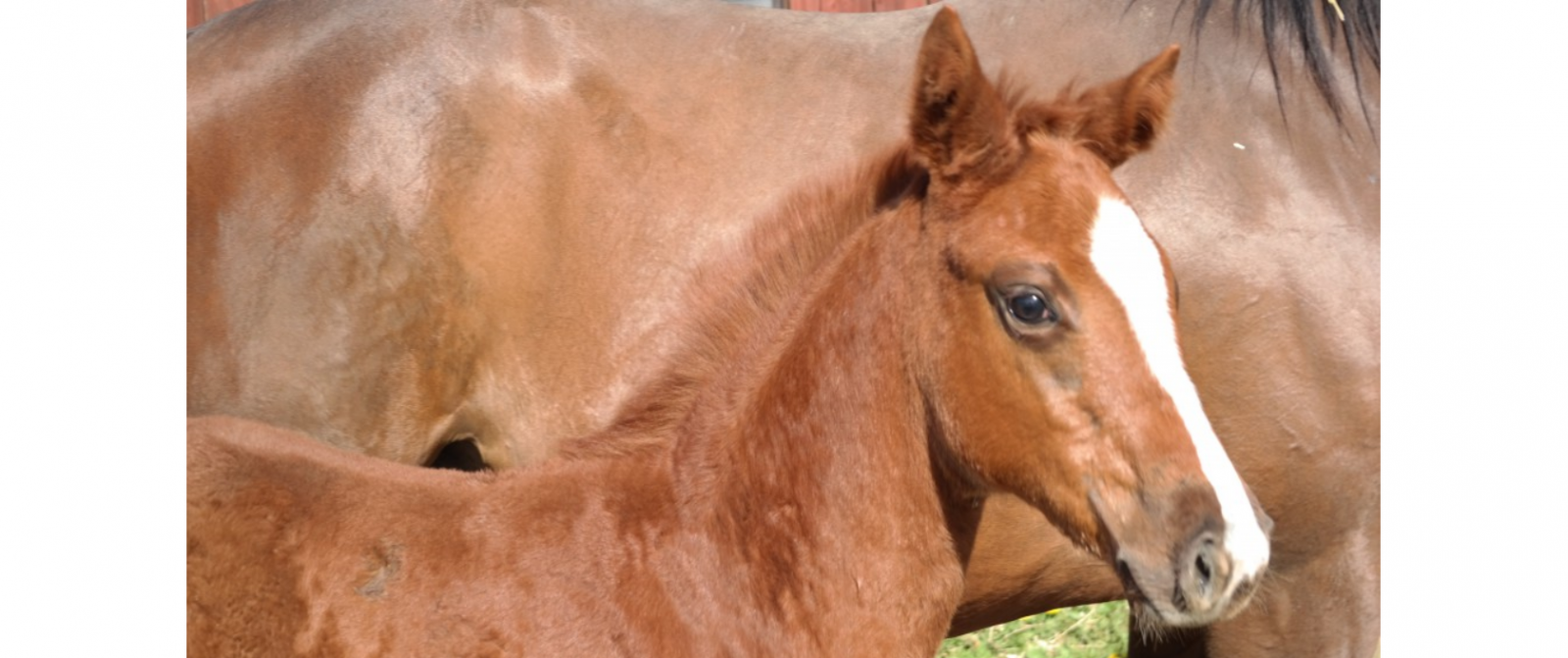
Horses have been shoed for centuries which include correcting deformed legs for the last 60 years. My interest for movement patterns in horses began 50 years ago, when I started shoeing trotters, and lead me to completing my farrier education at the Veterinarian University in Stockholm, 1976. 20 years ago my contact with the Australian farrier Billy Newill began, who is the farrier that discovered the model “correction of deformed legs within foals” which is still used today. Billy, together with the veterinarian Ric Redden from the United States, produced a few foal shoe models 20 years ago, which are well used around the world today. I have gotten the opportunity on several occasions to travel to Hunter Valley, Australia, where over 20 000 foals are born each year, to learn more about foal corrections from Billy and his team. In 2003, I invited Billy to Sweden to lecture within the subject. During Billy’s visit to Sweden we visited 4 different places which have helped contribute to our understanding that a lot can be done with foal corrections as long as you start early.
I have lectured, as well as educated farriers etc., within angular limb deformities to help everyone understand that something can and should be done, but time is of the essence as it is imperative that something is done before it is too late. You cannot wait to correct a foal, what you think should have been done in many scenarios should have already been corrected.
To ensure you have the right shoe with you when visiting a foal, you need to have a variety of at least 12 different shoes in your possession, which is both expensive to have in stock and you will most likely never use all those shoes. A lot of the time these shoes are not sufficient and therefore you are required to add on small details to the shoes for it to fit the foals’ problem. Therefore today, many farriers use plastic to address this issue which in turn will never be as good as the shoe itself.
Today in Sweden, roughly 14 000 mares are covered yearly (2016) as well as an increase in the number of horses imported each year. This is very important for the development of the rural area in Sweden as we have roughly 36 horses per 1 000 citizens. According to the Swedish board of agriculture, today more foals are being breed than ever before.
In regards to the deviation in the foals today, the half-blood is starting to be overrepresented in windswept and contracted tendons, as well as weak in the hind legs. As for the trotter and the thoroughbred, it is comparable to before. The reason that half-bloods often have problems, I think (as well as my colleagues), among other things, is that they have much longer legs today and therefore do not fit when they are laying in the uterus. I can also see from my experience that the Icelandic horse has become much taller in a short period of time and that the risk of similar problems may also occur there.
For many years, I have been contemplating on how a foal shoe should look to help eliminate the amount of shoes a farrier needs to bring to a visit with a foal. My goal is that all farriers should have only one foal shoe in their equipment that would fix all problems, eliminating the need to have many expensive shoes over that are rarely used. Therefore I designed the Rose Foal Shoe.
Rose Foal Shoe fits all different sizes and problems. You can cut away what you do not need and glue the shoe on the foot. The color orange was chosen to make it easier to find if lost. On the inside of the shoe there is lint where you put the glue (superfast or similar) to ensure that the shoe can loosen if the foal gets stuck somewhere so it does not get hurt. The shoe is design-protected in the EU, Australia, China and the United States.